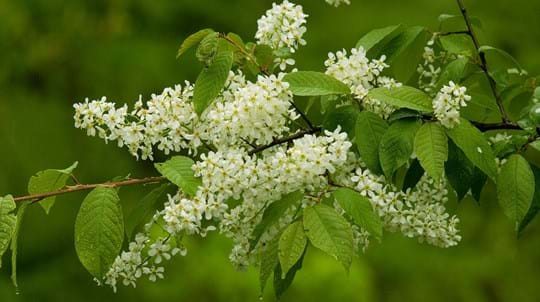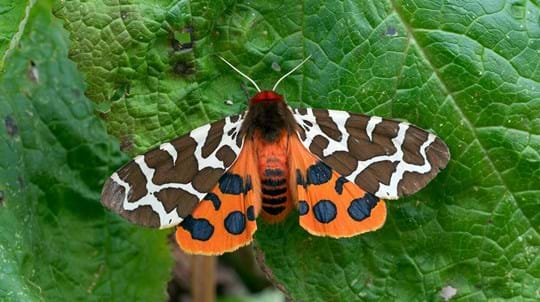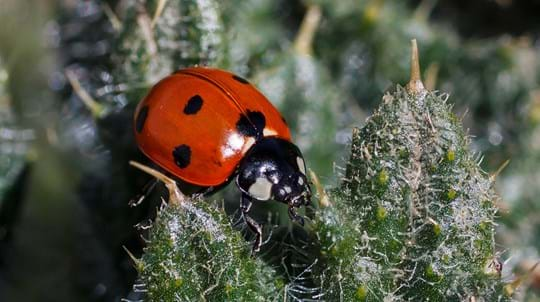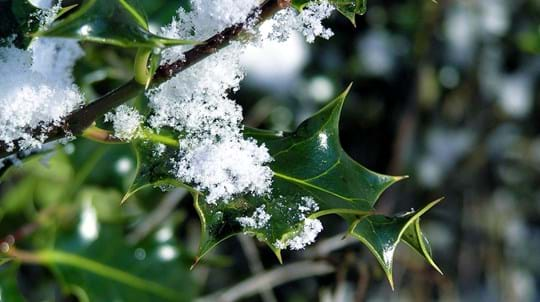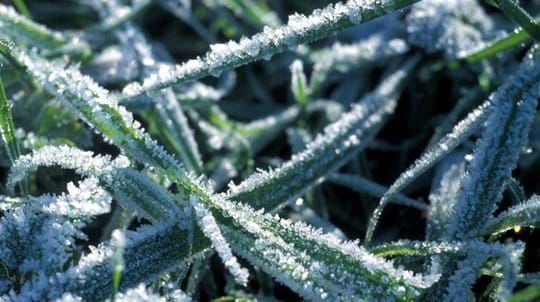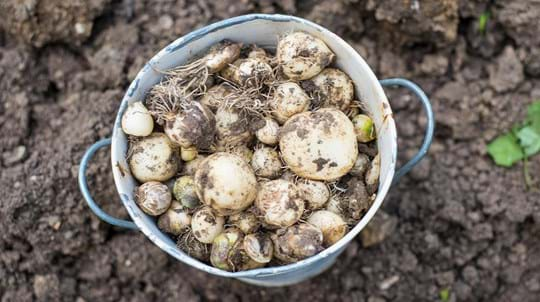
Credit: Picture Partners / Alamy Stock Photo
1. Cornflower
(Centaurea cyanus)
Atop tall wiry stems, delicate feathery flowers in pinks, blues and purples are a favourite of bees. These annual plants only live for a year, but their hardiness means they can be sown outdoors in early spring as the seedlings won’t be affected by frosts. Simple to grow from seed, they’re great for pots and prefer full sun.
Grow cornflowers and other hardy wildflowers the easy way by scattering our seedballs.















